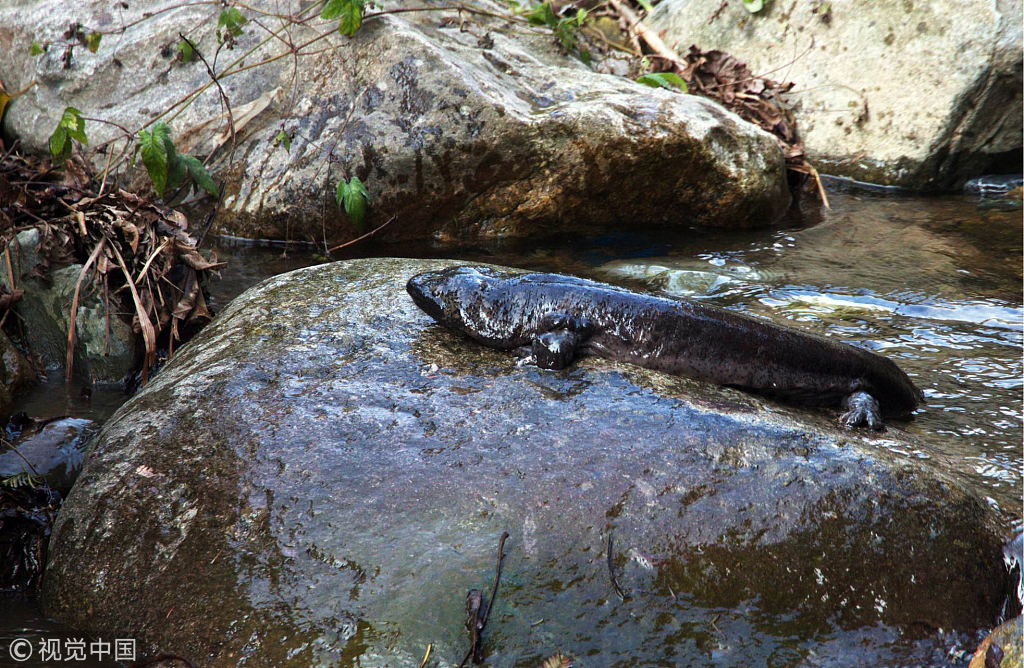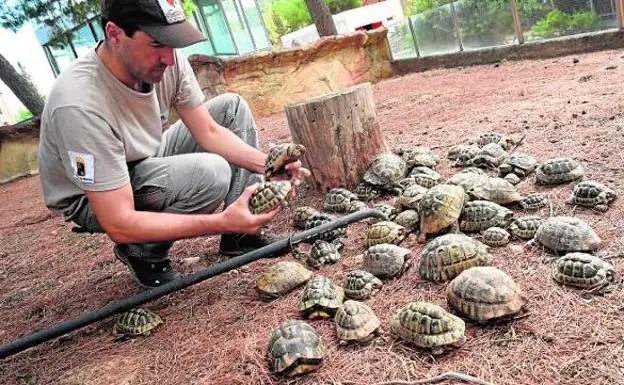260 sites have contributed data, confirming a significant decline, on average, across sites with small populations, while the few with large populations (<10 % of sites) are weakly increasing. If these trends continue, within 15‒20 years, adders will be restricted to a few large population sites, significantly increasing the extinction risk for this priority species in the UK. Leer más.





Central China’s Hunan Province has stopped operation of 34 hydropower plants and demolished 10 dams in the past two years in a key reserve of giant salamanders. Municipal officials of Zhangjiajie, a popular tourist destination, said they planned to demolish most of the 88 hydropower plants, mainly small ones built before the establishment of the National Giant Salamander Nature Reserve. Leer más.

Although gene flow was identified between lakes and nearby stream populations, there was a low percentage of dispersers, and the paedomorphic populations were genetically differentiated from the populations of metamorphs. It is likely that the studied lakes have offered peculiar conditions that have allowed the development of a paedomorphic phenotype. These populations and phenotypes therefore constitute good models to understand local adaptations. As each of these populations of paedomorphs can be considered evolutionary significant units that cannot be replaced by other nearby populations in case of a population crash, conservation actions should be focused directly on them. Volume57, Issue2. May 2019. Pages 418-430. Leer más.

Las especies exóticas más vendidas como animales de compañía son las que más posibilidades tienen de ser liberadas en la naturaleza por sus dueños y, por ende, convertirse en especies invasoras, según un estudio publicado en el Journal of Applied Ecology y realizado por la Universidad Rutgers (Universidad Estatal de Nueva Jersey). Leer más.

Desde que tener una tortuga mora en casa es delito y no solo una falta administrativa -30 de marzo de 2015-, más de 2.500 ejemplares han sido depositados en el Centro de Recuperación de Fauna Silvestre de El Valle (Murcia). Concretamente, 2.565 en los últimos cuatro años, según los datos facilitados a ‘La Verdad’ por la Consejería de Empleo, Universidades, Empresa y Medio Ambiente. Leer más.







